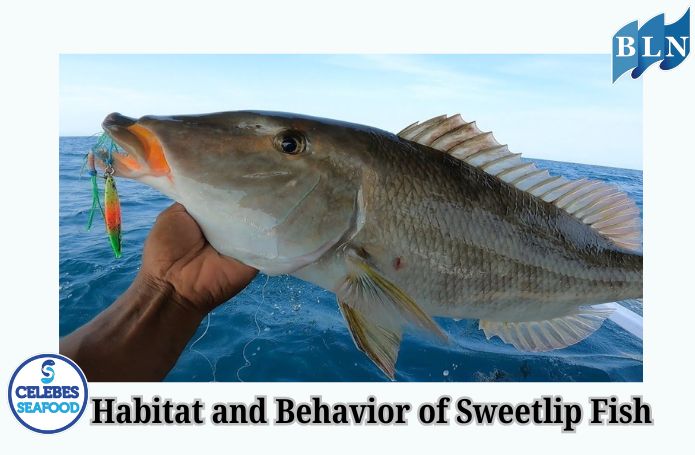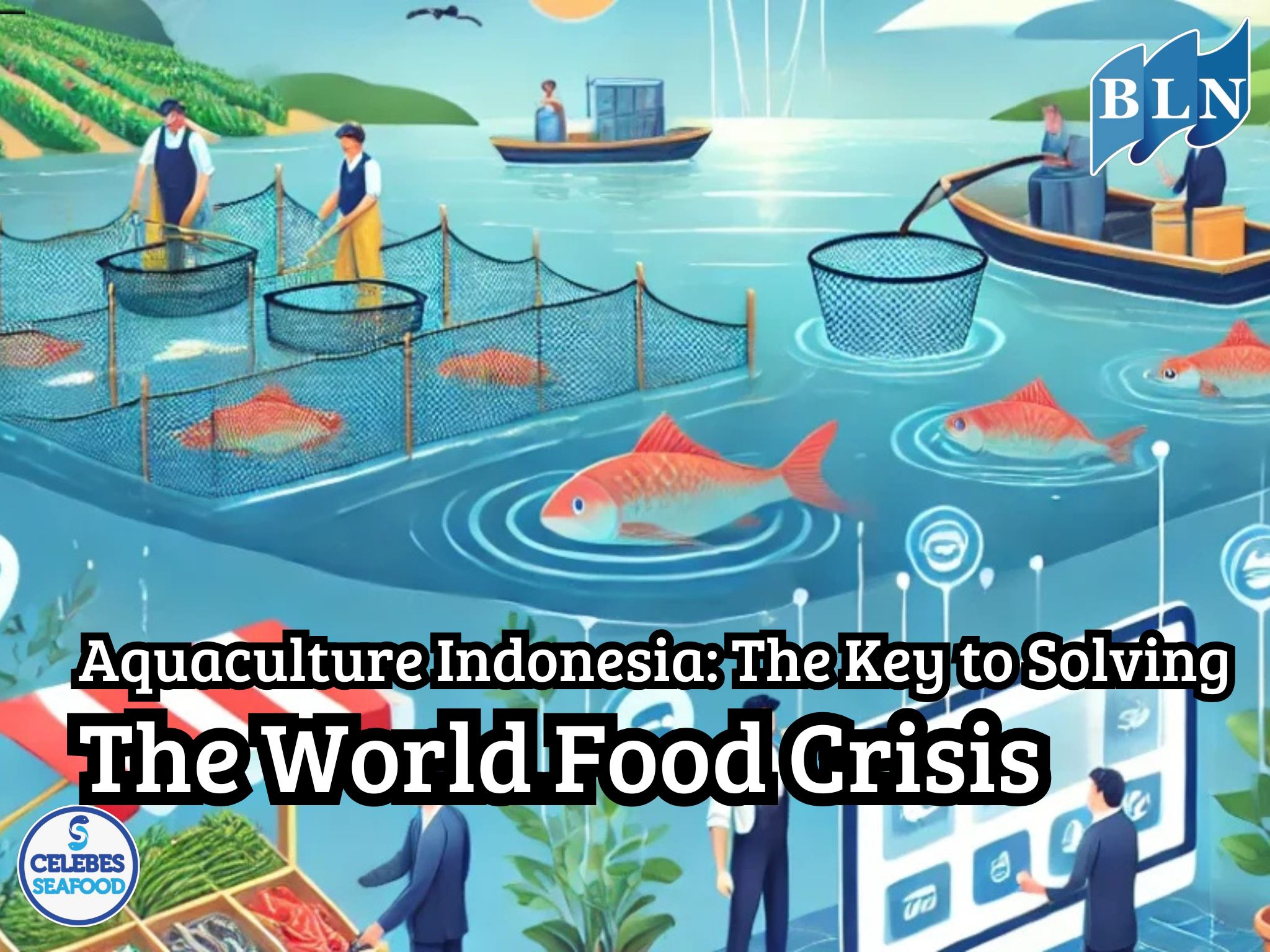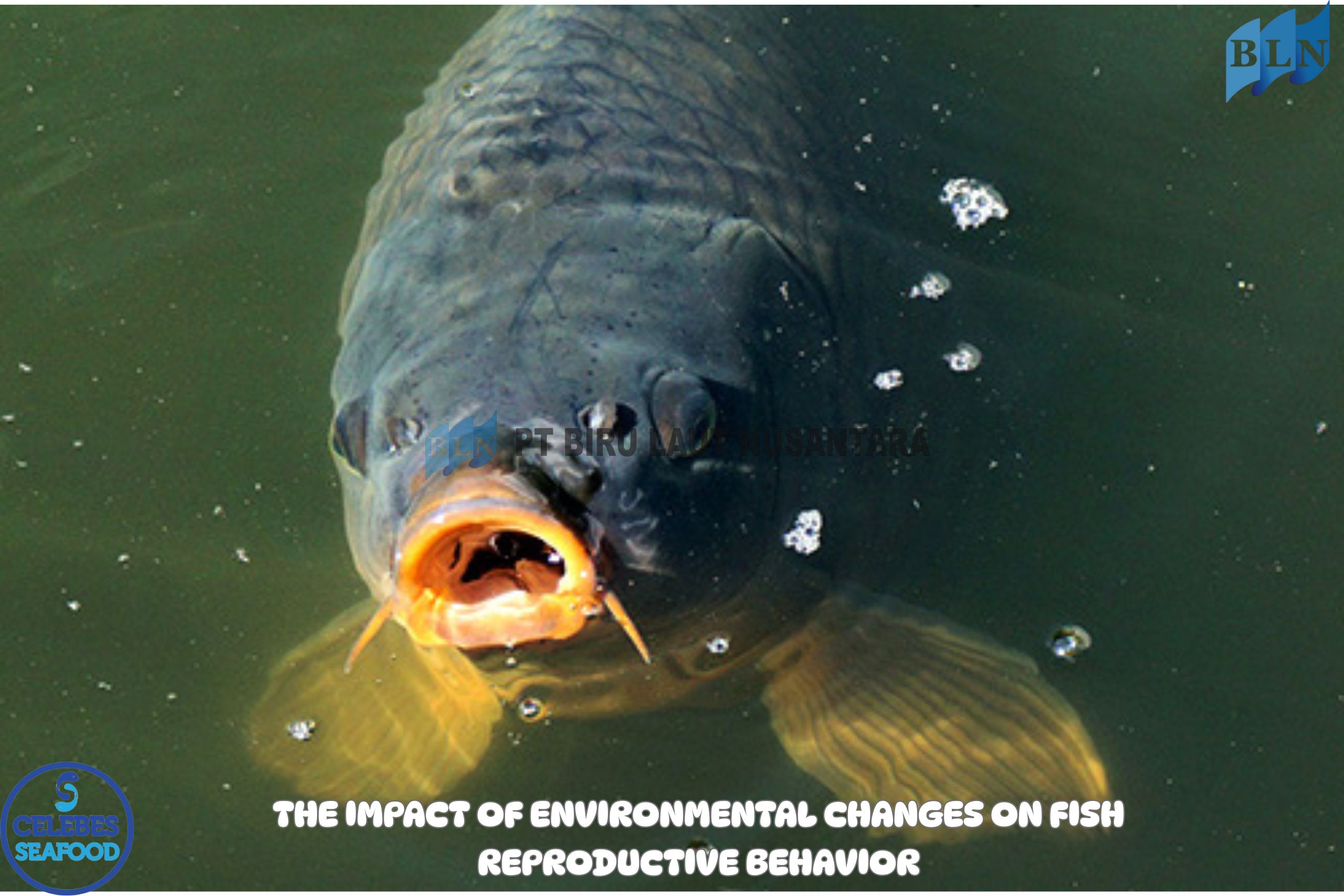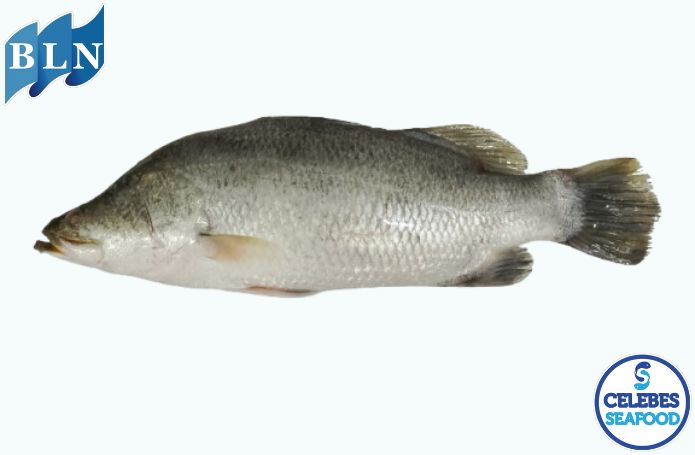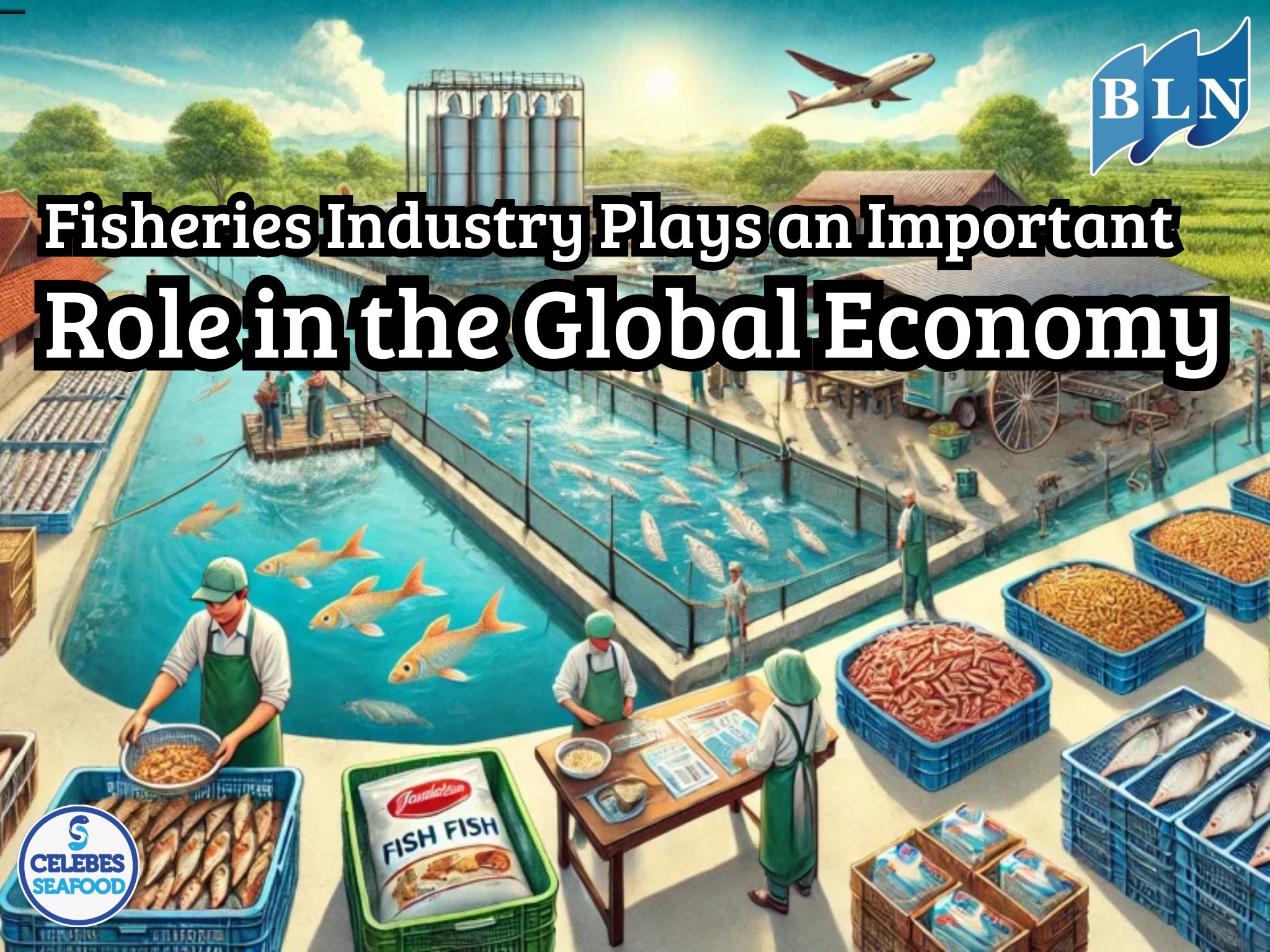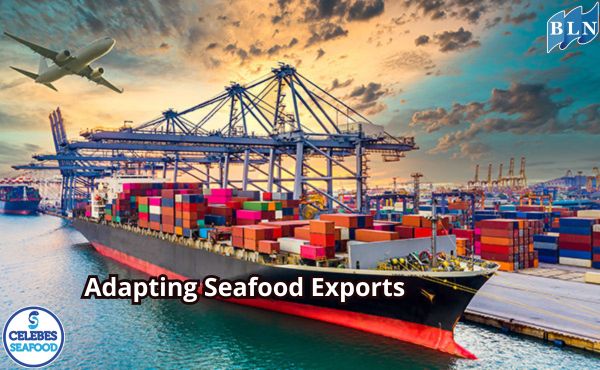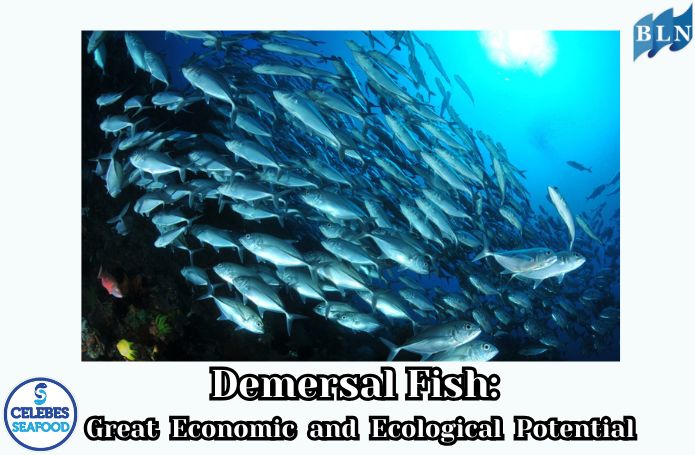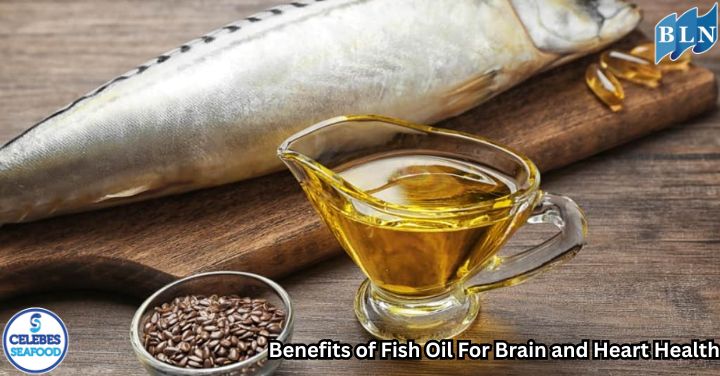The Impact of Plastic Pollution: A Bleak Future for Fish in Polluted Seas
By. Tri - 10 May 2025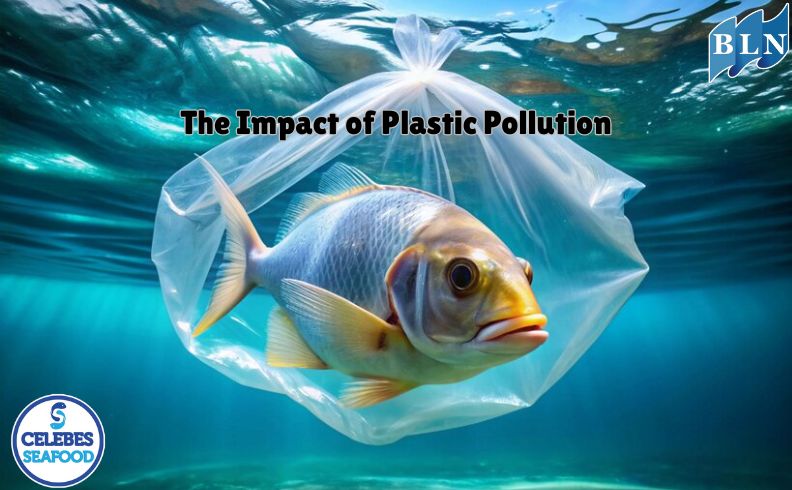
lautnusantara.com_ The once-azure expanse of our oceans, a haven for marine life, is now threatened by an invisible yet omnipresent enemy: plastic. Every year, millions of tons of plastic waste end up in our seas, transforming fragile ecosystems into colossal dumping grounds. The impact on marine biota is devastating, and one of the most affected groups is fish. This article will delve into how plastic pollution threatens a bleak future for fish in polluted seas.
Deadly Entanglement and the Illusion of Food:
One of the most direct dangers of plastic pollution for fish is physical entanglement. Lost or discarded fishing nets, plastic ropes, and plastic packaging form deadly traps beneath the waves. Fish caught in these materials struggle to move, forage, or even breathe, eventually dying from exhaustion or starvation.
Beyond entanglement, fish frequently mistake small plastic particles (microplastics) for food. Microplastics, originating from the degradation of larger plastic waste or from products like facial scrubs and toothpaste, are widespread throughout the oceans. When ingested, this plastic can block the digestive tracts of fish, create a false sense of fullness leading to malnutrition, damage internal organs, and even release toxic chemicals into their bodies.
Toxic Transfer Through the Food Chain:
The dangers of plastic pollution don't stop at individual fish. Microplastics ingested by small fish can then be transferred to larger predators when they consume these smaller fish. This process, known as bioaccumulation, causes the concentration of harmful chemicals from the plastic to increase up the food chain, reaching top predators, including the very fish that humans often consume. This poses serious health risks to the entire marine ecosystem and also to human health.
Disrupted Behavior and Reproduction:
Research indicates that plastic pollution can also disrupt the natural behavior of fish. Exposure to microplastics and the chemicals they contain can impair a fish's ability to find food, avoid predators, and even migrate. Furthermore, plastic pollution can interfere with the endocrine systems of fish, which are crucial for reproduction. Exposure to additive chemicals in plastics can lead to decreased fertility rates, altered sex ratios in offspring, and impaired development of fish larvae.
A Threat to Biodiversity and Food Security:
The death and decline of fish populations due to plastic pollution have far-reaching consequences for marine biodiversity. The loss of specific fish species can disrupt the delicate balance of ecosystems, triggering detrimental domino effects throughout the entire marine food web. Moreover, for millions of people worldwide, fish are a primary source of protein and livelihoods. The drastic decline in fish populations due to plastic pollution threatens food security and the economic stability of coastal communities.
A Grim Future Without Real Action:
If the trend of plastic pollution continues unabated without significant action, the future for fish in polluted seas looks grim. Oceans that were once teeming with life risk becoming oceans of plastic, devoid of the vibrant and diverse fish populations that are essential for a healthy planet and human well-being. Urgent and comprehensive measures are needed to reduce plastic production, improve waste management, and clean up our oceans to prevent this bleak future from becoming a devastating reality.
If you are interested in our product SWEETLIP SKIN-ON, SWEETLIP SKINLESS TIGER please do not hesitate to contact us through email and/or whatsapp.
